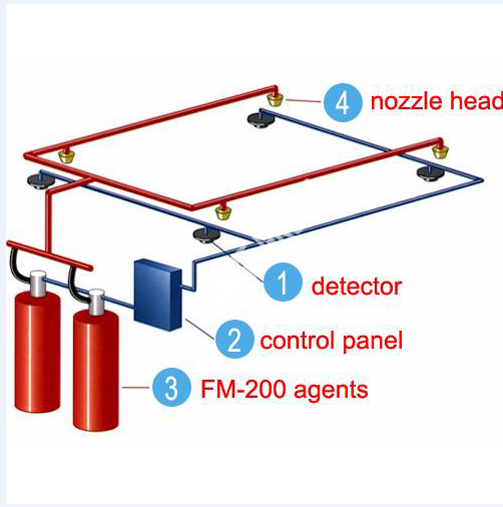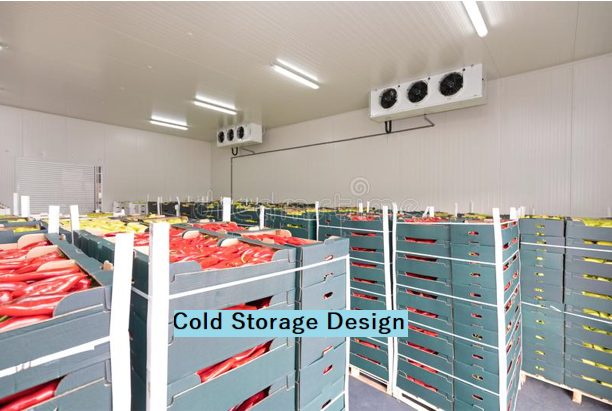 |
| Star Delta Starters |
Star Delta Starters Explained
WARNING
Remember electricity is dangerous and can be fatal, you should be qualified and competent to carry out any electrical work.
Below are two examples of wiring diagrams for star delta starters from industry suppliers.
By the end of this tutorial you will understand how these work.
I’m going to use the old Red Yellow Blue colour coding for the phases simply because I think it’s easier to see. However, we will look briefly at other colour codes later in the article.
Three phase motors are used in almost every commercial and industrial building. Inside a three phase induction motor we have 3 separated coils which are used to produce a rotating magnetic field. When we pass an AC current through each coil, the coils will each produce a magnetic field which changes in intensity and polarity as the electrons change direction.
If we connect each coil to a different phase, the electrons in each phase will change direction between forwards and backwards at different times compared to the other phases, so the magnetic field will change in intensity and polarity at a different time compared to the other phases.
We then rotate the coils 120 degrees from the one previous to it, then combine these into the motors stator to produce a rotating magnetic field. This rotating magnetic field will cause the rotor to spin which we use to drive fans, pumps etc.
On the top or sometimes the side of the motor we have an electrical terminal box. Inside this electrical box we have 6 terminals. Each has a corresponding letter and number U1, V1, W1 and W2, U2 V2.
We have our Phase 1 coil connected to the two U terminals, the Phase 2 coil connected to the two V terminals and the phase 3 coil connected to the two W terminals. The coil terminals are in a different arrangement from top to bottom. We’ll see why we do this in just a moment.
We always connect the supply side to terminal U1, V1 and W1.
For the motor to run we need to complete the circuit. There are two ways to do this.
I’m going to use the old Red Yellow Blue colour coding for the phases simply because I think it’s easier to see. However, we will look briefly at other colour codes later in the article.
Three phase motors are used in almost every commercial and industrial building. Inside a three phase induction motor we have 3 separated coils which are used to produce a rotating magnetic field. When we pass an AC current through each coil, the coils will each produce a magnetic field which changes in intensity and polarity as the electrons change direction.
If we connect each coil to a different phase, the electrons in each phase will change direction between forwards and backwards at different times compared to the other phases, so the magnetic field will change in intensity and polarity at a different time compared to the other phases.
We then rotate the coils 120 degrees from the one previous to it, then combine these into the motors stator to produce a rotating magnetic field. This rotating magnetic field will cause the rotor to spin which we use to drive fans, pumps etc.
On the top or sometimes the side of the motor we have an electrical terminal box. Inside this electrical box we have 6 terminals. Each has a corresponding letter and number U1, V1, W1 and W2, U2 V2.
We have our Phase 1 coil connected to the two U terminals, the Phase 2 coil connected to the two V terminals and the phase 3 coil connected to the two W terminals. The coil terminals are in a different arrangement from top to bottom. We’ll see why we do this in just a moment.
We always connect the supply side to terminal U1, V1 and W1.
For the motor to run we need to complete the circuit. There are two ways to do this.
Delta Configuration
The first is the delta connection. For this we connect across the terminals from U1 to W2, V1 to U2 and W1 to V2. This will give us our delta configuration.
When we pass a current through the phases, electricity flows from one phase into another as the direction of AC power in each phase reverses. That’s why we have the terminals at different arrangements because we can connect across and allow electricity to flow between the phases as the electrons reverse direction at different times.
Star Configuration
The other way we can connect the terminals is to use the star configuration. In this method we connect between W2, U2 and V2 on only one side of the motor terminals. This gives us our star equivalent design.
When we pass current through the coils the electrons are shared between the phases at the terminals.
The two ways we just saw of configuring the motor in star or delta are fixed methods. To change them we have to physically cut the power, open the motor terminals and re - arrange them. This isn’t practical to do.
How can we automate this ?
To automate this, we need to use some contactors. They come in various designs but the basic operation is a switch that can activate to either make or break a circuit to control the flow of electricity in all three phases simultaneously.
We take our main contactor and connect our three phase supply to one side and then we connect the other side to the respective terminals within the induction motors electrical box.
Then we take a second contactor, which will be used for the delta circuit, and feed our three phases into this. From here we connect our phase 1 to terminal V2 which is the phase 2 coil. Then we connect our phase 2 to terminal W2 which is the phase 3 coil. Finally we connect our phase 3 wire to the U2 terminal which is the phase 1 coil.
Now we take another contactor, which will be used for our star circuit, and we connect our three phases into this. On the top we just connect all three phases together.
Starting the motor
We start in star connection and we do that by activating the main and star contactor terminals so that they close to complete the circuit.
Now when we pass electricity through the circuit, the electricity passes through each phase and coil and then out through the motor terminals and into the star contactor where the path of the electrons is shared. This allows the electrons to flow into or out of another phase as their direction changes.
This will run for a few seconds before switching over to delta. For the delta connection we disconnect the star contactor and then close the delta connection.
Now we have the electricity flowing in and splitting direction. It flows into both the main a well as the delta contactor. The electricity in the main contactor path will flow into the motors coils, and the electricity which took the delta contactor route will flow to the opposite side of the motor terminals and into another phase. Each will flow between the different phases as they reverse direction.
Controls
To control the changeover from star to delta contactors we simply use a timer to control this. It will automatically change the configuration over after a set amount of time. Additionally more advanced version will monitor the amps or motor speed.
USA
If you’re in the US then you might find these colours used, this is for a 208V three phase supply but the colours will be different if using a 480V 3 phase supply.
EUROPE
In the UK and EU you’ll find these colours used for the phases. Although in the UK you’ll likely still come across old installations which use the red yellow blue colours.
AUSTRALIA
Why do we use stare delta ?
We use star delta which, is also called wye delta in north America, to reduce the inrush current when the motor starts. When large induction motors start in delta their starting current can be over 5 times higher than the full load current which occurs when the motor stabilises and runs normally.
This huge surge in current can cause lots of problems. The buildings electrical system will be hit by this sudden large demand. The electrical infrastructure will rapidly increase in temperature leading to component failure and even electrical fires. The sudden demand also causes voltage drops throughout the buildings electrical system which we can visually see because the lights will dip, this can cause many problems for things such as computers and servers.
So to reduce the starting current we simply need to reduce the starting voltage.
The star configuration will reduce the coil voltage to around 58% compared to the delta configuration. A lower voltage will lead to a lower current. The current in the coil while in star configuration will be around ~33% of the delta configuration. This will also lead to a reduction in torque, the star configuration torque will also be around 33% compared to delta.
Basic example of what is happening inside
Lets say we have the motor connected in delta with a typical European supply voltage of 400V.
That means when we use a multimeter to measure the voltage between any two phases, we will get a reading of 400V. We call this our line to line voltage.
If we measure across the two ends of a coil, we again measure the line to line voltage of 400V. Lets say each coil has a resistance, or impedance as this is AC power, of 20 Ohms.
That means we will get a current reading on the coil of 20 Amp. We can calculate that from 400V / 20 Ohms = 20A. But the current in the line will be different, it will be 34.6A and we get that from 20A x sqr3 = 34.6A
If we then looked at a star connection. We again have a line to line voltage of 400V, if we measure between any two phases. But, with the star connection all our coils meet at the star point or neutral point. We can run a neutral line from this point. So When we measure the voltage across the ends of the coil, we get a lower value of 230V, that’s because the coil isn’t directly connected between two phases like the delta version. One end is connected to a phase, the other end is connected to a shared point, so the voltage is therefore shared and will be less because one of the phases is always is reverse.
We can see the 230V reading by dividing the 400V by sqr3 = 230V. As the voltage is less the current will be too. If the coil is again 20ohms of resistance, or impedance, then the current is calculated by 230V / 20ohms which is 11.5Amp. The current in the line will also be 11.5A.
So with the delta connection the coil is exposed to the full 400V between two phases. But the star connection is only exposed to 230V between the phase and neutral. So we can see that the star uses less voltage and therefore less current compared to the delta version, which is why we use it first.
Please watch this video
THANK YOU
















0 Comments